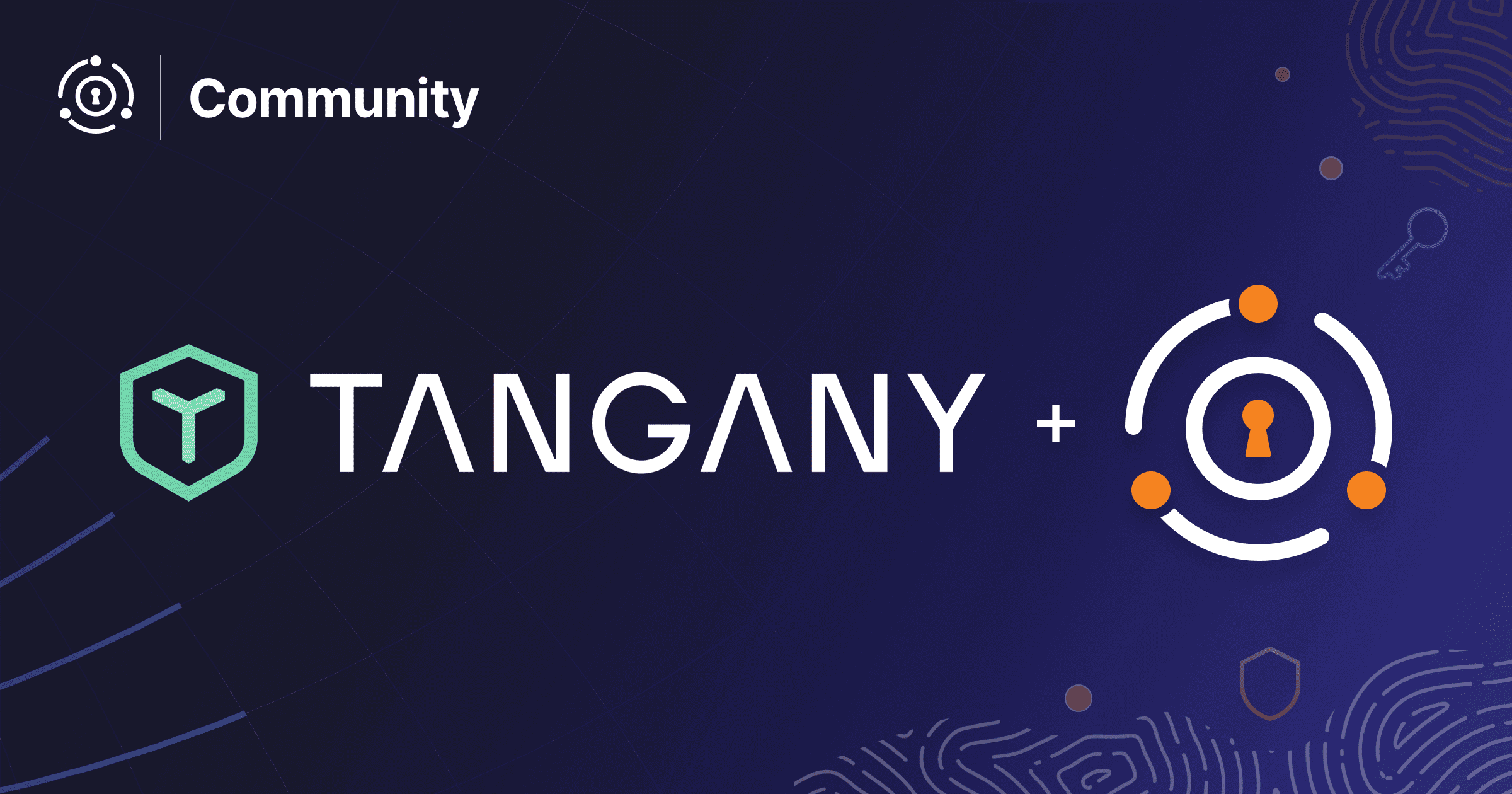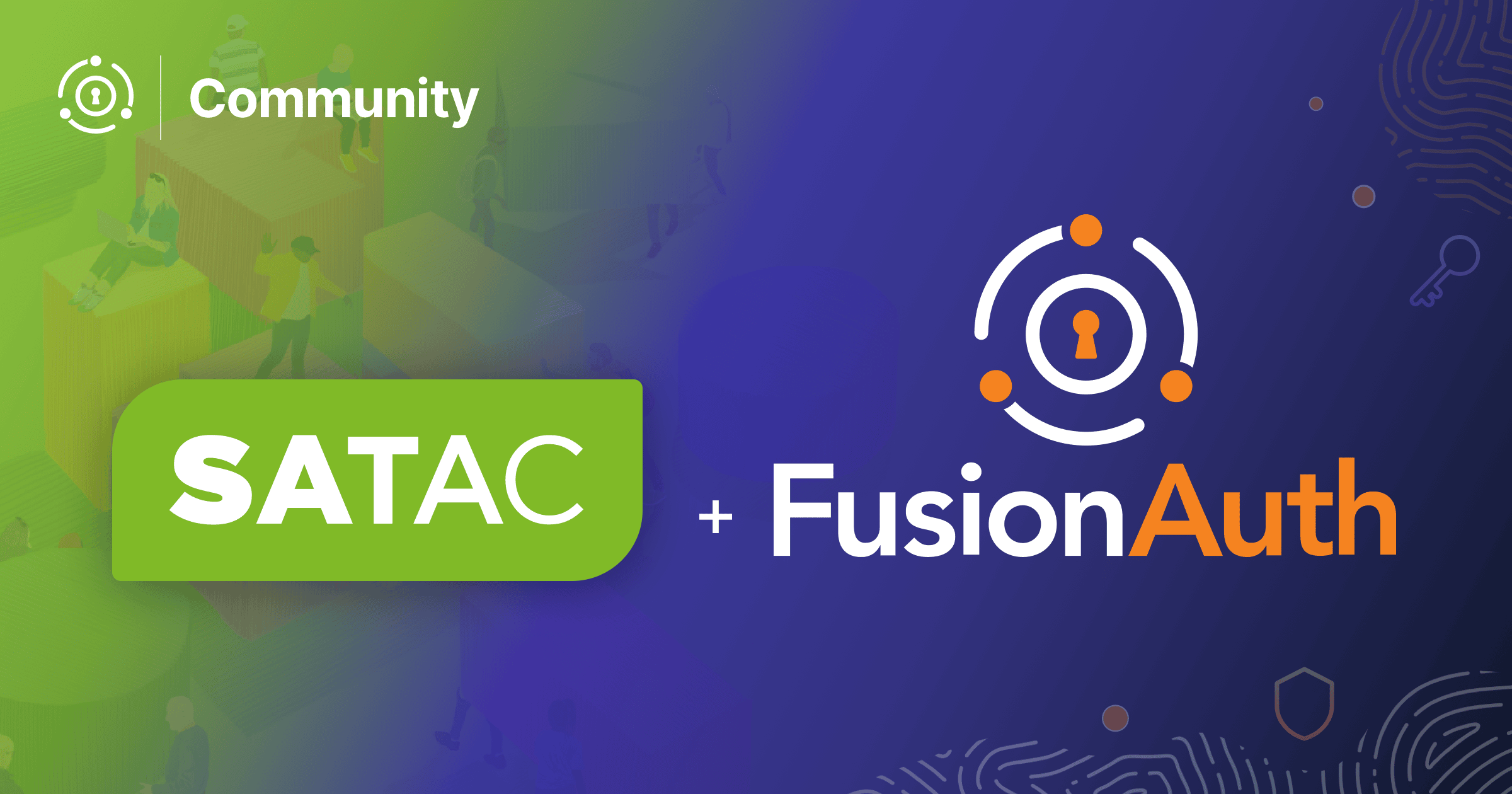Matthew Reschke is a FusionAuth community member and CIO at Sunfinity Renewable Energy. He chatted with us over email about how he and his team are using FusionAuth to meet their auth needs.
This interview has been lightly edited for clarity and length.
Dan: Tell me a bit about your work as CIO and a bit about what Sunfinity is up to.
Matthew: Sunfinity Renewable Energy is an industry leader in renewable energy solutions for residential, commercial and utility scale solar. My title as CIO, though accurate, is a bit misleading. Sunfinity is a medium sized operation whose needs for a large IT staff are not justified. As a small IT group my daily roles are more akin to Lead Architect, Server/Network Infrastructure Engineer and Lead Developer, though my CIO duties remain the priority.
I share these roles with my friend and CTO Taylor Billingsley. Together we have not only integrated FusionAuth as our primary authentication platform but also built the network and server infrastructure, virtualization stack, data platforms, development workflows and a slew of custom Python/Angular applications to utilize the stack. The true meaning of “full stack”.
We believe in open source or “free as in beer” when possible, and hosting everything (within reason) ourselves. This stack not only hosts 3rd party requirements like IT ticketing systems, asset management solutions, accounting software and CRM/ERP products but also our own custom web and CLI applications. These custom applications help our solar Operations and Sales teams perform their jobs better than the competition. Our build it all yourself and open or free licensing requirements are precisely what makes FusionAuth the perfect fit for Sunfinity’s authentication platform.
Dan: Why is self hosting so important for you? Cost control? Privacy? Flexibility? Something else?
We were up and running with a self-hosted FusionAuth in a day and haven’t looked back since!
Matthew: Well I could go on and on about that question. Just ask my colleagues as their eyes glaze over. I suppose control is the best word as it also encompasses privacy and flexibility. Self hosting isn’t for everyone and I never blindly recommend it as such. But if you have the skill, experience and desire to do so, I think it is a great way to go. IT and Development in my personal career has always been about building everything yourself.
I understand that is not everyone’s experience in IT. I have had some colleagues from an acquisition who didn’t share the same ideas and outsourced everything possible. It didn’t take long to realize they chose that path because they had little to no skill or even knowledge of how to do it themselves. They had no confidence and wanted a cushion of blame to fall on.
In the end what they really lost was control and tons of $$. Their systems are a disorganized wreck where no one really knows how the system is cobbled together. Obviously size of business and scope of project play a key role in deciding on self hosting or using an off the shelf solution. For all the small to medium sized businesses I have worked for, self hosting has been a huge win in control, productivity and cost.
Also, it is SUPER FUN and unimaginably rewarding to build the infrastructure yourself.
Dan: Can you share a full or partial list of the off the shelf applications which FusionAuth is acting as an identity provider for? We love name dropping.
Matthew: Some of the names have been dropped elsewhere in the post but here are a few more. So far we have these apps integrated in one SSO fashion or another into FusionAuth:
- Google GSuite
- OSTicket
- SnipeIT
- ERPNext
- SuiteCRM
- Nextcloud
- Gitlab
And of course all of our own Angular/VueJS and Python apps.
FusionAuth gave us the self-hosted identity provider we were always looking for.
Dan: How do you use FusionAuth? OAuth? User management? Social sign-on? Something else?
Matthew: We use FusionAuth as our primary identity provider. All employee and customer user accounts are stored in FusionAuth. All 3rd party applications integrate with FusionAuth using some form of OAuth2, Social Login or SAML. All custom Angular SPA applications authenticate using OIDC and the returned JWT is passed to Kong to verify all API requests.
At the very beginning of Sunfinity we chose to adhere to a HTTPS REST API first microservice architecture. This means full REST APIs as standalone and independent units followed by uncoupled web, mobile and CLI clients/consumers. For this infrastructure we knew a single identity provider supporting authentication standards like OAuth2, SAML and OIDC was a must.
We utilize two external IPs. One for an HAProxy load balancer and one for a Kong API Gateway. All custom Angular apps and other 3rd party Python/PHP Web apps like ERPNext, OSTicket, SnipeIT, etc… are served by HAProxy which downstreams to a load balanced web farm running Nginx. All custom Python APIs live on separate subdomains which point to the Kong API Gateway.
Kong is responsible for JWT validation using FusionAuth’s public key and determining how many separate backend APIs a single JWT has access to. Kong then load balances downstream requests to our web farm running Nginx into our python APIs built on the new and amazing Python async Uvicore Framework. Because Kong performs validation, any request into the APIs is pre-validated; therefore Python does no JWT validation.
For our custom Angular SPAs we utilize FusionAuth OIDC Connect with this angular library to authenticate and receive a FusionAuth JWT. We then use the JWT to contact our own Python API /userinfo endpoint which matches the JWT “roles” to the APIs group/role table to produce a set of granular permission strings specific to that API. This “richer” /userinfo object is passed back to Angular so the UI can obey those granular permissions. Angular cares not for user groups or roles, only permissions. A single Angular SPA may interact with a dozen completely separate custom APIs (not endpoints, but separate python apps). It does so with a single FusionAuth JWT as Kong governs multi-API access via a single token.
For our 3rd party applications like Google, OSTicket, ERPNext, SnipeIT, NREL and others, we integrate SSO login however they allow. This is usually some type of Social Login, OAuth2 or SAML. Many of our Angular SPAs interact with these 3rd party APIs but we try not to do so directly, not just for auth complexity, but for abstraction. Angular shouldn’t be “concerned” with a dozen 3rd party APIs to get data.
Instead we create our own Python API proxy/passthrough/translation abstraction layers. This means only Python, a server side codebase, interacts with 3rd party APIs and translates the required data into better models and validators before Angular sees the results. This abstraction allows us to swap 3rd party “backend sources” without any changes to our Angular code base.
We love FusionAuth not just for the product but for the team.
Dan: How do you map between the roles in FusionAuth and the permissions derived from the roles in the python API? What is an example of this?
Matthew: The first thing many people ask is WHY? Why aren’t the roles in a JWT enough? Because they are not low level enough to control code in a way where code never has to change again.
An example: you have a role in FusionAuth called post_manager. You have an API, and an Angular Frontend. Both front and back permission logic MUST be the same. So for both apps, what does post_manager mean? Can they edit a post? Can they delete and rename, etc…? If post_manager is all you have then the logic of “WHAT” they can do must be coded in both apps directly. If post_manager means “show edit button” (or in the API, “allow edit of a post”), fine, that works.
But two months later you may decide post_manager should NOT be able to delete posts. The only way to make this change is edit both sources of code and update both to match and redeploy. Not so bad, but not very flexible. If you instead built granular permission strings like post_create, post_edit, post_delete, post_rename etc… then used those strings in your source code if statements, the code would never need to change again.
Let’s continue the example. The FusionAuth role is still post_manager. When Angular uses OIDC to login to FusionAuth it gets a JWT with roles['post_manager', '...']. Angular then queries the backend API, one time directly after the login to FusionAuth. A backend endpoint I call /userinfo. The API sees the same FusionAuth JWT with the post_manager role. It queries its own groups or roles table and finds a matching role then JOINS the role_permission table which has actual app specific permission strings attached to that role.
This query is basically “filling out” the JWT with further app specific information. The JSON blob returned from that /userinfo endpoint has everything the JWT has, but also more user data and an array of permissions: ['post_edit', 'post_create', 'post_rename']. So Angular receives that userinfo blob (one time, only on login) and stores it in session storage. All Angular code to hide/show pages and buttons is strictly using those permission strings, not roles, not groups.
In fact I never query “has this group” or “has this role” ever as those are subject to change. Permissions are constants and never change. On the backend API side, the JWT is still the only thing ever passed (since it is tamper proof). On every API hit, it uses the JWT to do the same thing, deriving the actual permissions (cached in redis for speed of course). So the API code itself is also strictly obeying the permission strings only, never roles or groups.
FusionAuth is not “concerned” about app specific details. FusionAuth is only concerned about global auth details like apps, users and groups/roles. Adding actual permissions to FusionAuth would allow you to control every detail of every app from one interface but the JWT would be huge (hundreds of permission strings) and you would be mixing concerns.
Auth is complicated, period.
Dan: What problems did we solve for you? And how were you solving them before FusionAuth?
Matthew: Auth is complicated, period. It takes a lot of study and research to even understand the landscape and offerings, let alone build and deploy a secure architecture. FusionAuth solved a large portion of this problem by building an intuitive, simple self-hosted solution.
Before FusionAuth we were using our own custom authentication, but it wasn’t OAuth2, OIDC or SAML. It was home baked. Which works ok, until you want to start collaborating with 3rd parties which nowadays assume auth standards. FusionAuth gave us the self-hosted identity provider we were always looking for.
Dan: Why did you choose FusionAuth over the competition?
Matthew: When redesigning our entire auth and API stack we looked at Okta, Auth0, Keycloak and GLUU. Immediately Okta and Auth0 were out due to the cost per API hit and the cloud based approach. We did prototype them anyway, and they are indeed great services if you want to pay the premium. For Keycloak and GLUU we built a prototype infrastructure for each and tested CLI apps, SPAs and Kong interactions. To put it simply, those systems (specifically GLUU) are more complicated than they should be and the documentation was lackluster.
We spend months pulling our hair out with GLUU, never fully understanding the layout of the system with all their 404 linked documentation. When we found FusionAuth it was like a breath of fresh air on top of a 14er in Colorado. The entire layout just made sense. The FusionAuth design of tenants, users, groups, roles, apps, registrations modeled exactly how we think of auth. In a word, perfect. We were up and running with a self-hosted FusionAuth in a day and haven’t looked back since!
Dan: How much time and money would you say FusionAuth has saved you?
Matthew: From prototype to deploy of FusionAuth was literally a day. That said, we already had years of auth knowledge so the learning curve was low. But FusionAuth is such a great product with a simple design that anyone with basic auth knowledge can be up and running within the week.
Compare that to the months spent trying to set up and even understand GLUU. Money in the bank! Using FusionAuth and Kong ensures that all API hits are free. I would say Okta and Auth0 are similarly easy to get up and running but you pay the premium. If self-hosted / free’ish is your goal, FusionAuth will save you months of effort, time and money. And since our cost per API hit is now ZERO, I’m going to say savings cannot be quantified. But a word comes to mind: “priceless”!
From prototype to deploy of FusionAuth was literally a day.
Dan: How do you run FusionAuth (k8s, standalone tomcat server, behind a proxy, etc)?
Matthew: Currently we have a single OpenNebula KVM virtual machine of Debian 10 running FusionAuth with the builtin Elasticsearch. We have a separate PostgreSQL VM for all our custom postgres databases including FusionAuth. We have not yet experimented with a high availability setup for FusionAuth but it’s coming soon. FusionAuth is sitting behind an Debian 10 HAProxy load balancer which performs SSL termination and proxies into the FusionAuth HTTP port 9011 with proper X-Forwarded headers.
Once an app authenticates via haproxy->FusionAuth we receive a JWT that is then used in all API requests. Those API requests are NOT sent through haproxy but directly to the Kong API Gateway (a separate external IP) where JWT validation and specific backend access is tightly controlled. Kong and Konga are on a separate Debian 10 KVM virtual machine but share the same PostgreSQL VM with its own “kong” database. All web farms are Debian 10 and nginx. API code utilizes PostgreSQL, MySQL and MongoDB for databases and Redis for caching and messaging queues.
Dan: Any general feedback/areas to improve?
Matthew: We love FusionAuth not just for the product but for the team. We have watched their videos and podcasts and read the hundreds of resources and blogs on their site. We have interacted with them on GitHub and all issues were promptly responded to and ultimately resolved and coded quickly. You can tell the FusionAuth team is passionate about what they do and it really shows. Keep up the good work and stay free!
We love sharing community stories. You can check out Sunfinity’s website if you’d like to learn more.



